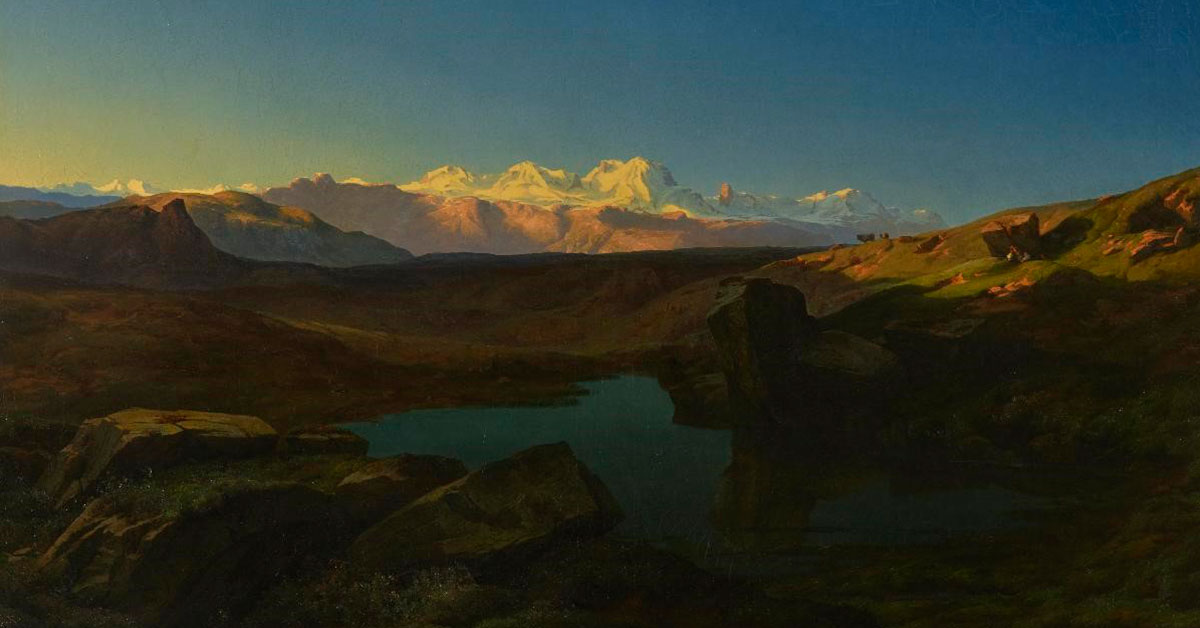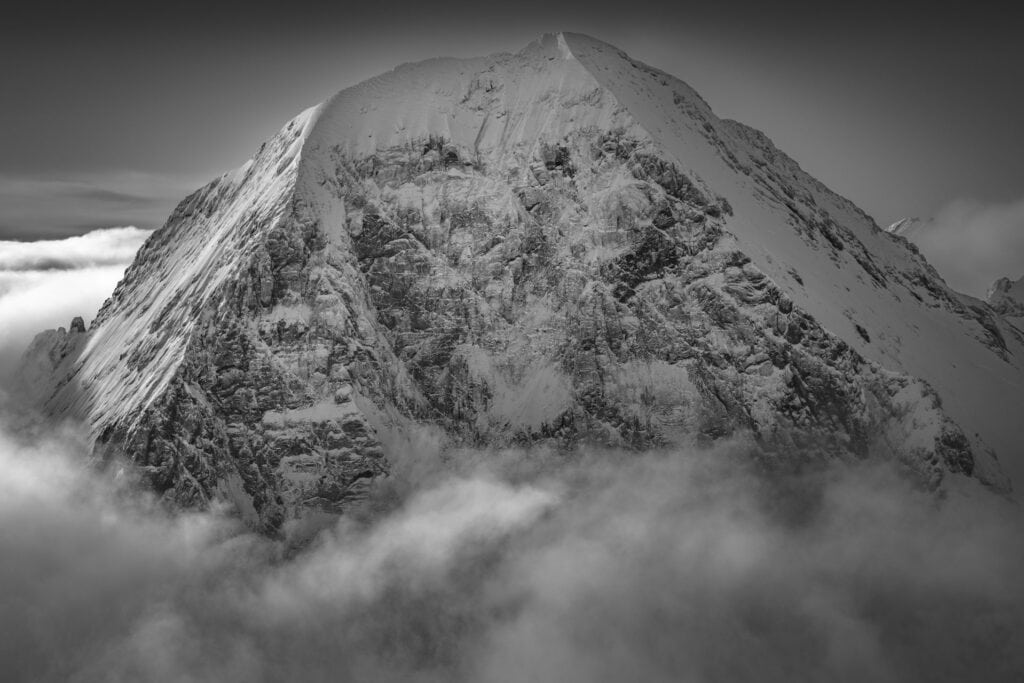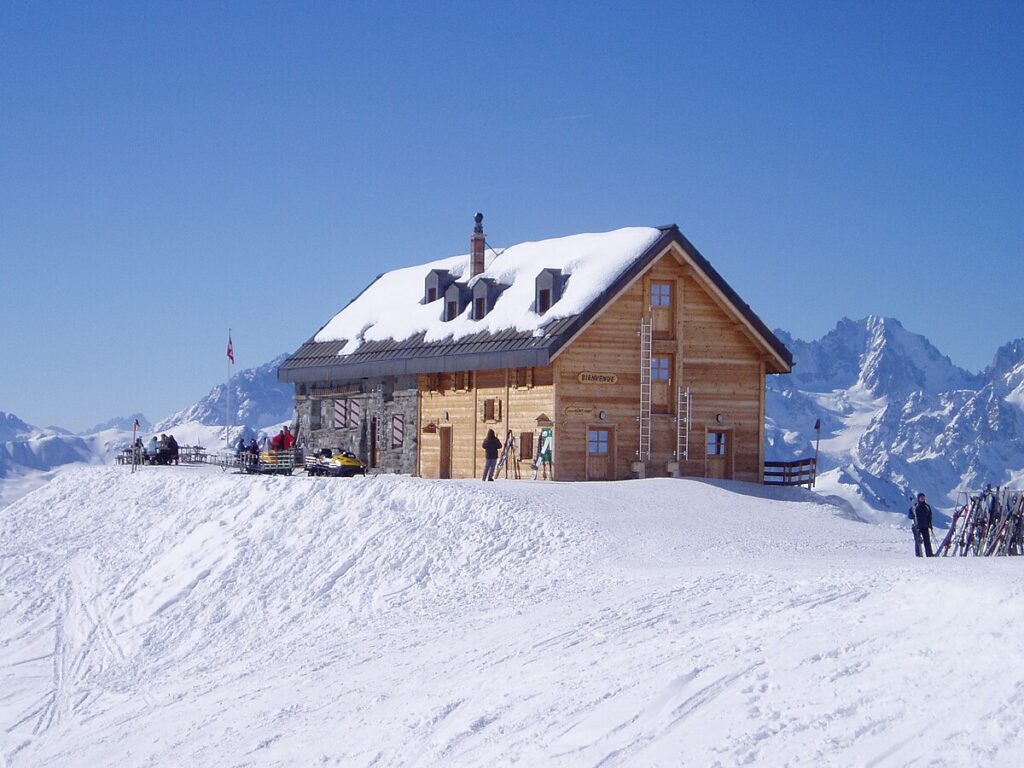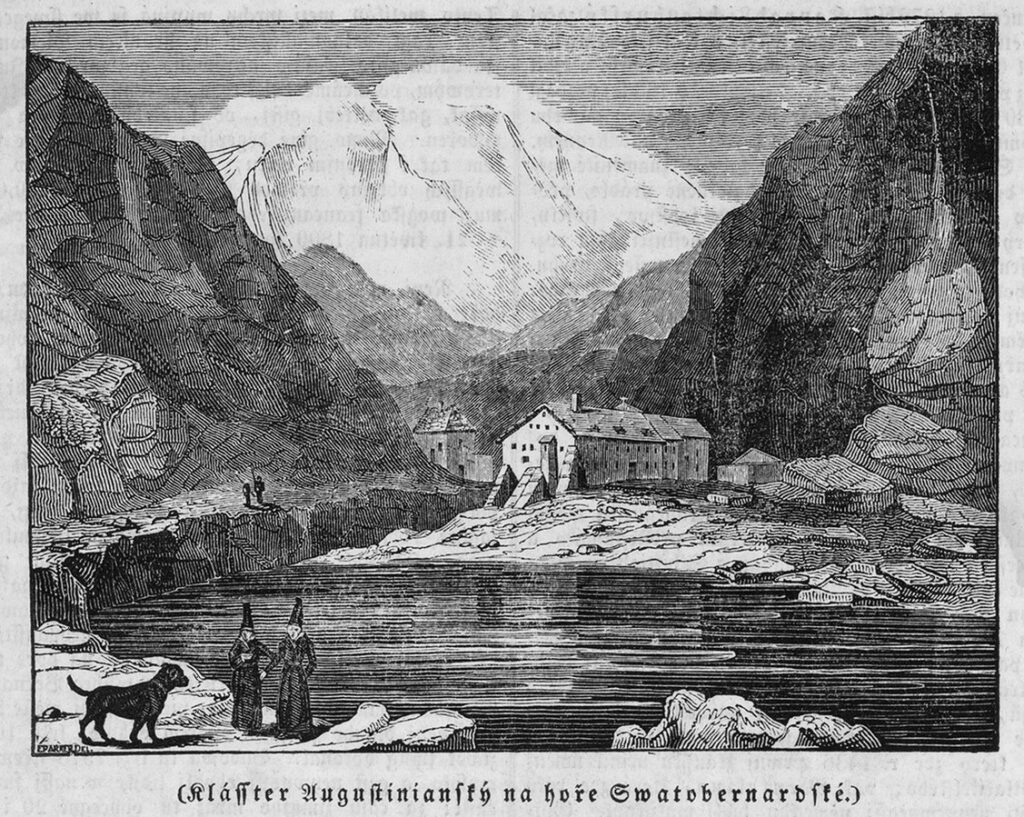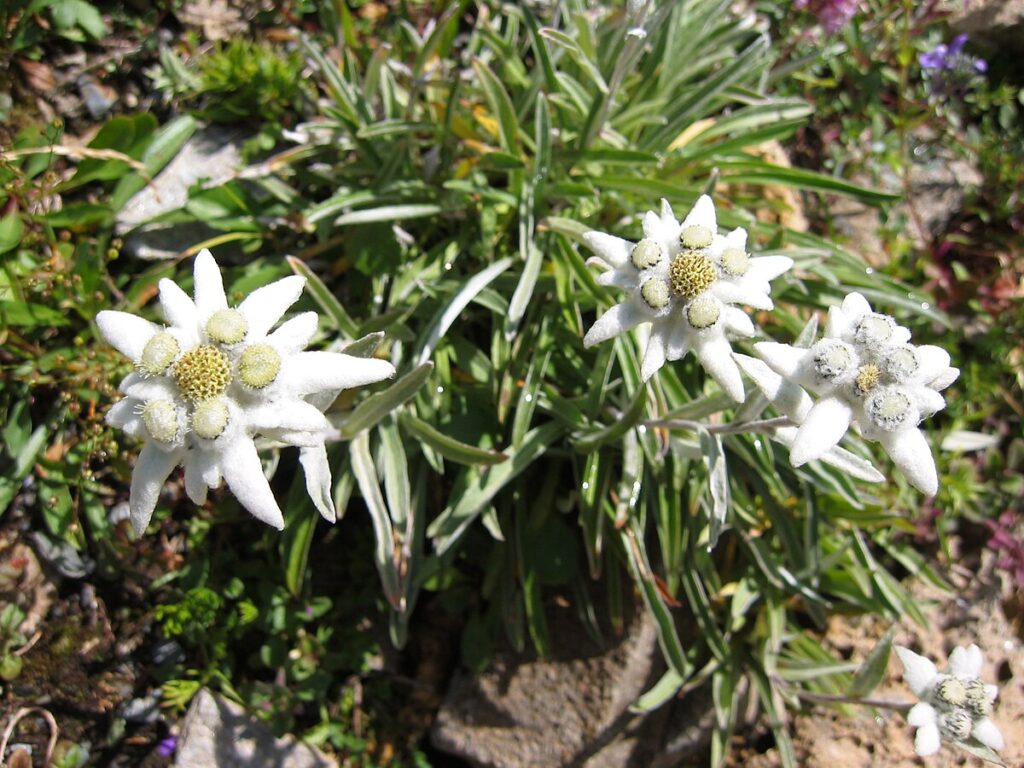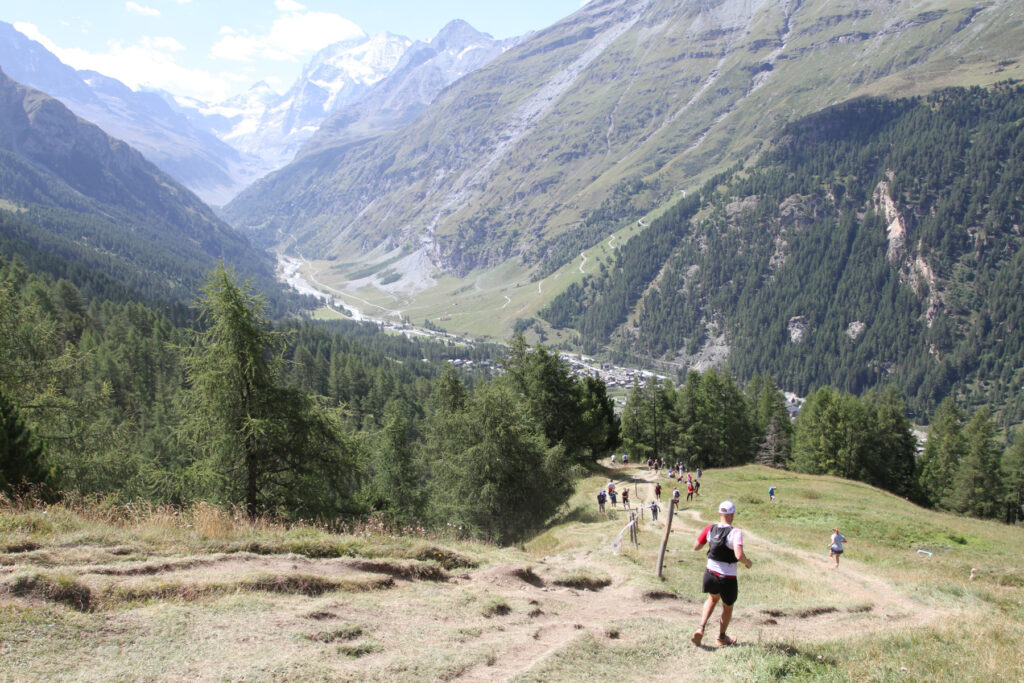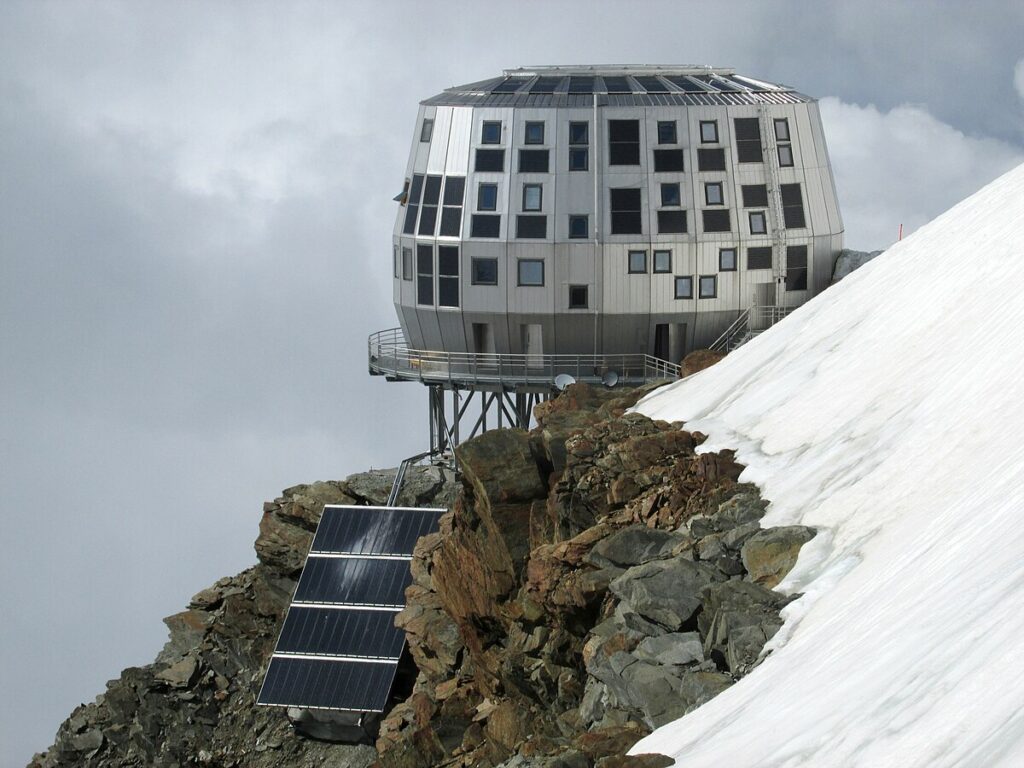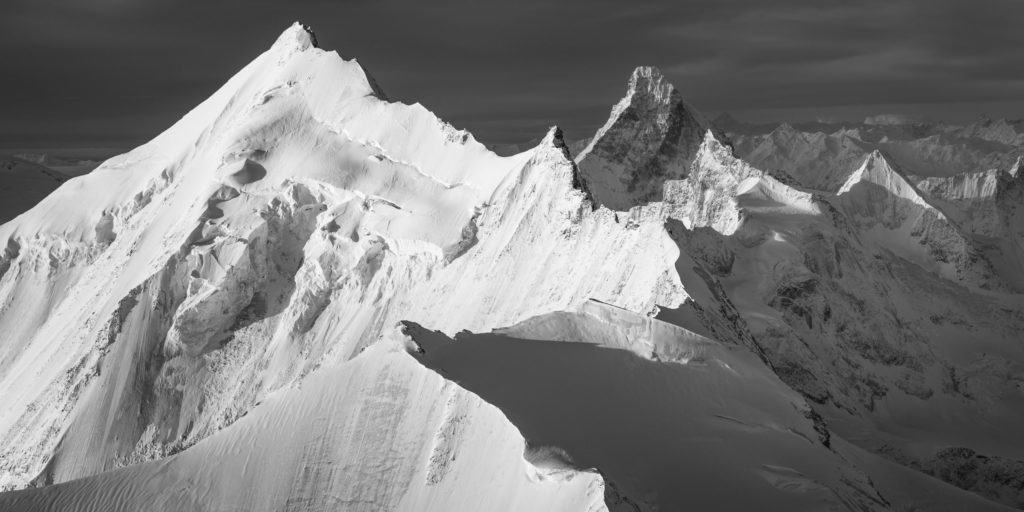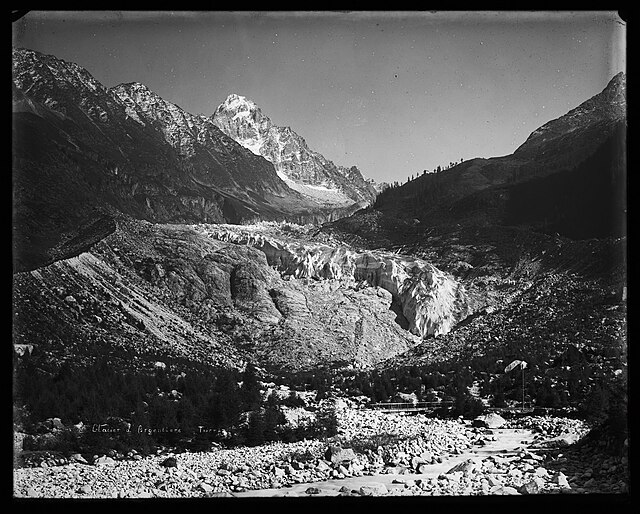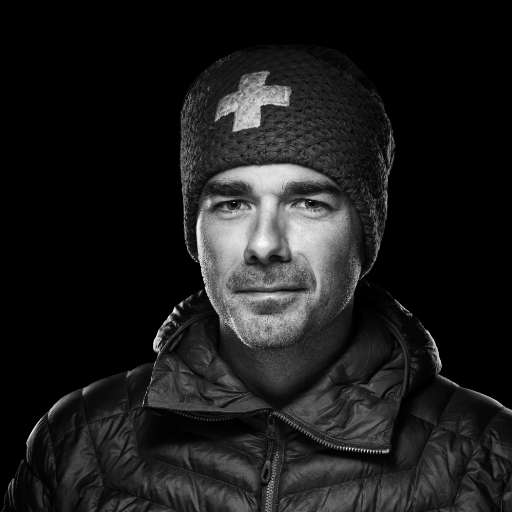Pupil of Diday and first excursions in the Alps
Calame began by coloring prints for tourists and working as a clerk for a stockbroker. It was he who offered him lessons with François Diday (1802-1877), then the most important landscape painter on the Geneva scene.
Diday turned to the mountains after a trip to Italy: he was more impressed by the Alps than the landscapes of the Peninsula and decided to direct all his efforts to the mountains. With his students, he set out to search new subjects and new landscapes, going into unexplored regions. As a student of Diday, Calame quickly decided to become a landscape painter and began to travel the Alps every summer. One of his most important journeys was to the the BerneseOberland in 1838. Two years later, he produced his first version of the Wetterhorn from Rosenlaui, a view that had already become a classic at the time.
Painter of summits
Calame quickly earned his reputation as a painter of the Alps, thanks to View from the Handeck, near the Aare Falls, painted around 1835. The Handeck was already a famous place at the time: situated on the way between Meyringen and the Grimsel, many travelers had seen it when crossing the Alps. It is therefore a strategic choice on the part of Calame to represent it. Calame' s concern for observation and realism is evident in all parts of the painting.
It is with this painting that Calame earned his reputation as a painter of the summits, which was very quickly bought by the canton of Bern. It was with him in mind that Rodolphe Töpffer (1799-1846), draughtsman and art critic, wrote in his Voyages en zig-zag about the Handeck:
"This great alpine landscape, to which the beautiful talent of M. Calame has just given, a few years ago, a value and an artistic fame. A few more efforts, especially a few masterpieces, and the cause of this landscape, which was recently questioned in Paris, will be definitively won.
Rodolphe Töpffer
Storm at the Handeck
About four years later, Calame painted another Handeck, but in a much more stormy version: Orage à la Handeck, one of his first major successes. The storm is of course a studio addition: Calame did not see, let alone paint, the storm on the site. But in this way he takes up one of the greatest challenges in the history of painting, the storm being considered particularly difficult to represent. Calame is thus also part of the aesthetic of the sublime.
Storm at the Handeck is also a painting of imposing dimensions, normally reserved for history painting, the most important genre in the classification of pictorial genres in classical theory. Like many of his contemporaries, Calame elevated landscape painting to the rank of history painting. But this also has the consequence of drawing the viewer into the painting and making him participate in this storm. Contrary to (first) appearances, there is a lively presence in the landscape: a bear - the symbol of the canton of Bern - on the right of the composition. At the time, the painting was considered the first national painting, in a context where the expression of a national identity animated the artistic debates.
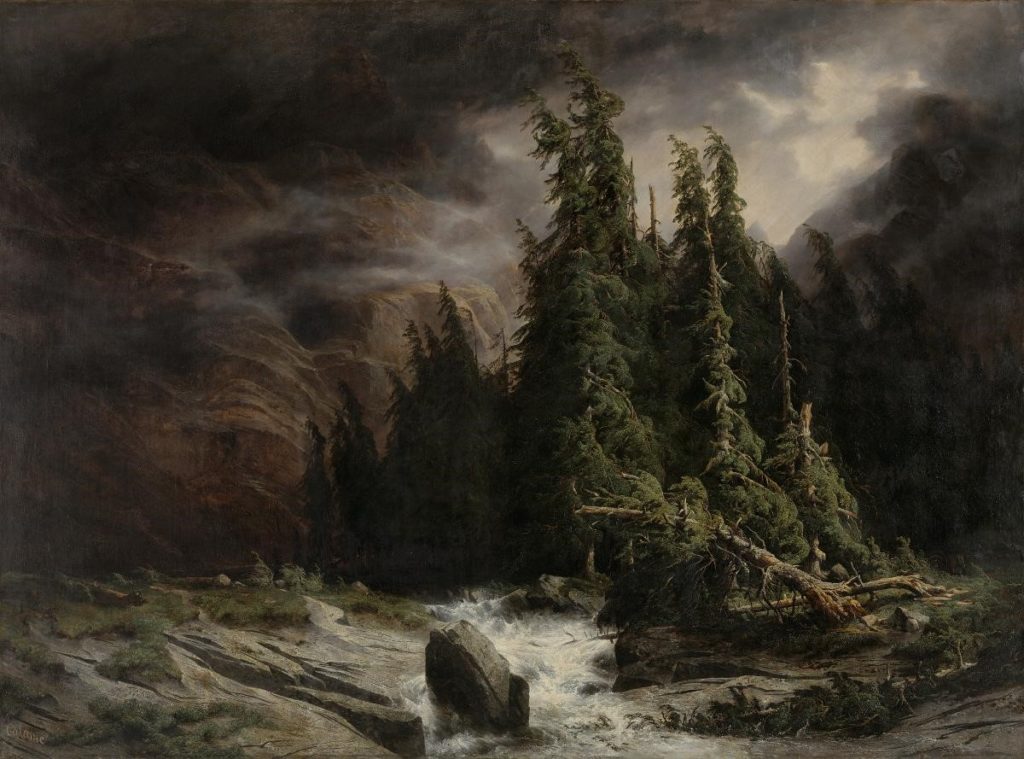
By representing a spectacular site, tormented by the forces of nature, Calame anticipates the recommendations of Rodolphe Töpffer, who advocates a national art based on the high mountain landscape. All human presence is absent from this inhospitable nature, where only a bear appears as an animate being. The work emphasizes a precise observation of atmospheric effects, and the particularly sinuous treatment of the conifers and the asperities of the rocks marked by the torrent are details whose meticulous rendering reveals the study of the old Dutch masters - Calame had studied Hobbema a great deal in his formative years.
Painting the high mountains
One of the greatest challenges of mountain painting is to represent the high mountains. Calame left a few paintings of this kind, the best known being The Mont-Rose, painted in 1843. If the Mont-Rose chain is recognizable in the last plan, it must be admitted that Calame does not show here the realism and careful observation that he normally displays. The low lighting of the sunrise, whose rays only dart the snowy summits , puts the latter, stuck in the middle of the composition. The foreground, except for a small portion on the right, is plunged into darkness. This has the consequence of highlighting the summits in the distance. The low light of the sunrise and the absence of clouds give a very calm, almost eternal atmosphere to this very mineral painting, as there is no vegetation.
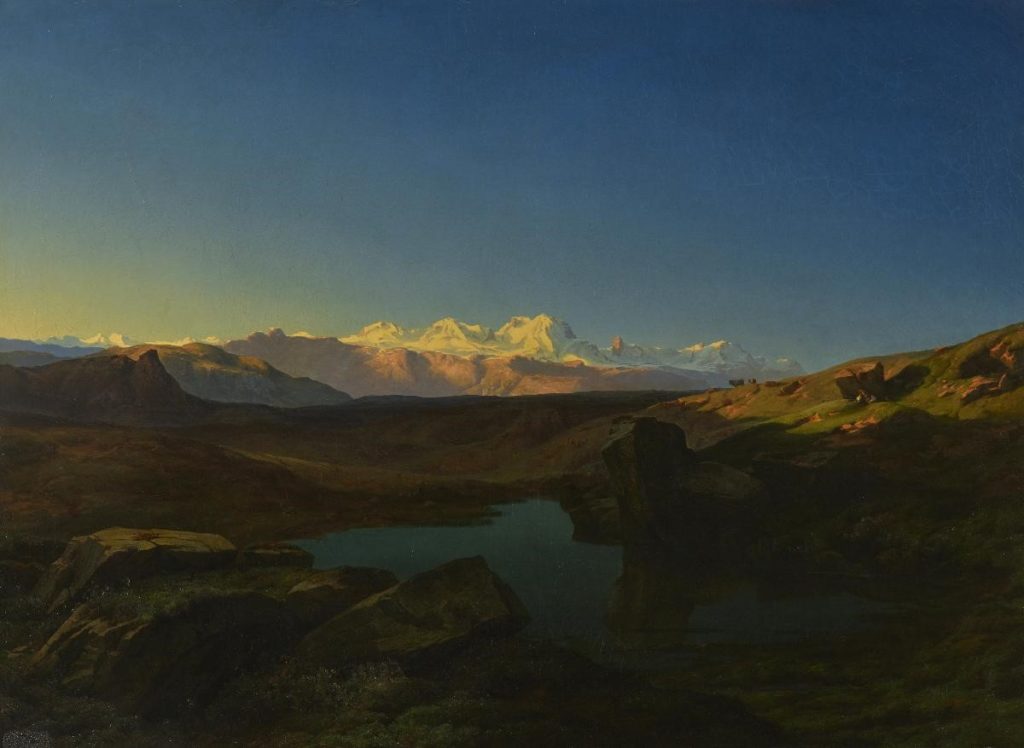
This painting differs from the majority of Calame's production, who liked to represent, if not storms, at least cloudy skies.
Drawings
Calame brought back numerous drawings, meticulously executed on the spot, from his mountain excursions. It was on the basis of these drawings that he painted the final canvases. The most daring drawings are those that Calame brought back from the Gotthard in 1849 and from his last excursion to the Pilatus in 1861: they combine graphite, grease pencil and charcoal, the whole being sometimes enhanced with gouache. These drawings are daring, especially with their dramatic diagonals and enveloping mists, resulting in compositions that sometimes border on abstraction. But Calame does not repeat this boldness in the paintings, which remain in the line of his production. He refused to paint pictures that would be more of a "desert of peaks closer to the clouds than to the habitable earth".
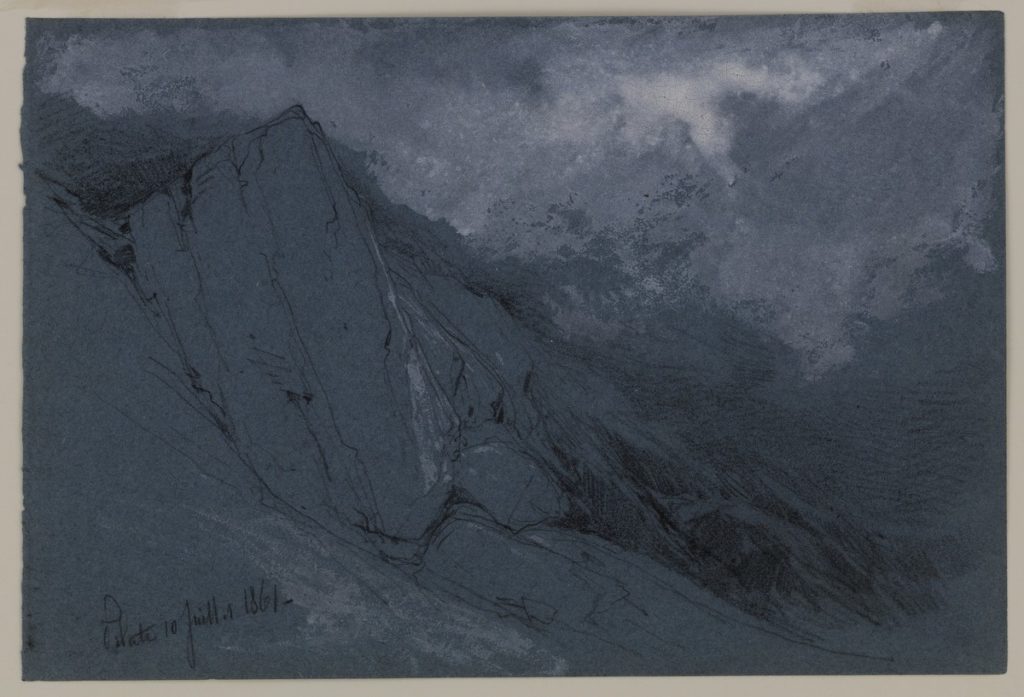
Important successes and model
Calame enjoyed great success during his lifetime, his paintings attracting good reviews at exhibitions or Salons, and even prizes. Thus Orage à la Handeck won a gold medal at the Paris Salon in 1839. Lake Lucerne , exhibited in 1853 at the Paris World's Fair, brought Calame great success. The painting was even bought by Napoleon III for 15'000 gold francs.
Calame 's fame even crossed borders, the painter being famous in America and even a model for many American artists, mainly those who came to the Alps, such asAlbert Bierstadt or Benjamin Champney. The former even met Calame on Lake Lucerne in 1856.
